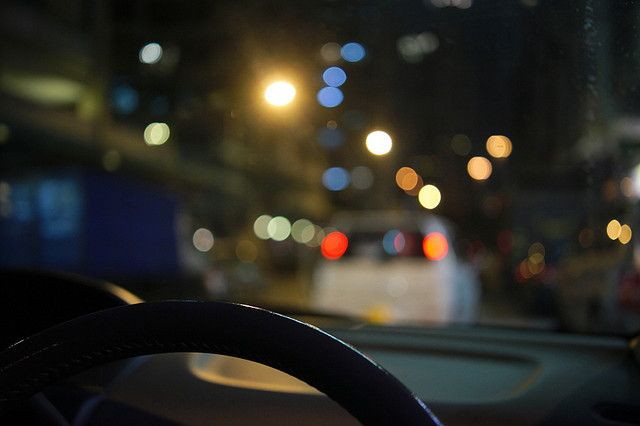Estimated 4.2 Percent of Drivers Fall Asleep While Driving: CDC

An estimated 4.2% of drivers in the U.S. have admitted they've fallen asleep while driving, says a new report from Centers for Disease Control and Prevention.
The study included 147,076 drivers in 19 states and the District of Columbia. About 4.2 percent of the drivers said that they had fallen asleep while driving in past 30 days. Men aged 18 to 44 years were more likely to report falling asleep than women drivers.
According to an editorial note by the CDC, drowsy driving incidents may be underreported as most people may not be aware that they've nodded off at the wheel.
Drowsy driving can pose a serious risk. About 2.5% of fatal motor vehicle crashes (about 730 in 2009) and 2.0% of all crashes with nonfatal injuries (about 30,000 in 2009) involved drowsy driving, according to the data available from National Highway Traffic Safety Administration (NHTSA).
"If I'm on the road, I'd be a little worried about the other drivers," the study lead author, Anne Wheaton of the Centers for Disease Control and Prevention, told The Associated Press.
One of the main reasons for high rate of drowsy driving is that people in the U.S. are getting insufficient sleep. Medical Daily had earlier reported that nearly a third of Americans are sleep deprived.
"A lot of people are getting insufficient sleep," said Dr. Gregory Belenky, director of Washington State University's Sleep and Performance Research Center in Spokane, The Associated Press reported.
According to CDC, commercial drivers, persons who work at night or long shifts, drivers with untreated sleep disorders, drivers who use sedating medications and anyone who does not get adequate sleep is at increased risk of sleeping while driving. People can lower the risk of drowsy driving by getting adequate sleep, avoiding alcohol and getting treated for sleep-related problems.
NHTSA suggested that employers can help avoid accidents related to drowsy driving by providing alternate transportation for employees who've finished a night shift, rotation shift or long shift or provide arrangements for napping after work-hours.
Drivers, who are already driving and feel that they are too sleepy can avoid accidents by pulling over and taking rest, or consider changing drivers. Other techniques like opening the windows or turning up the radio don't work efficiently.



























